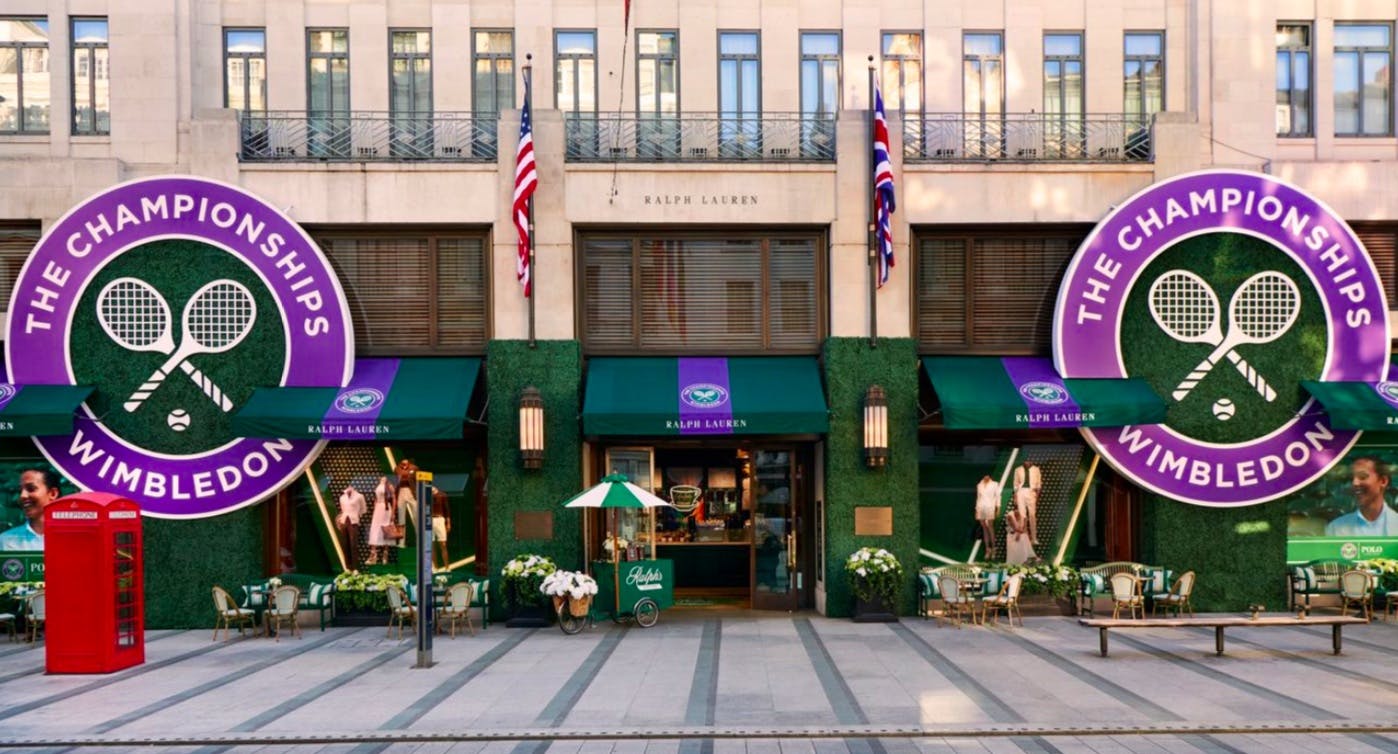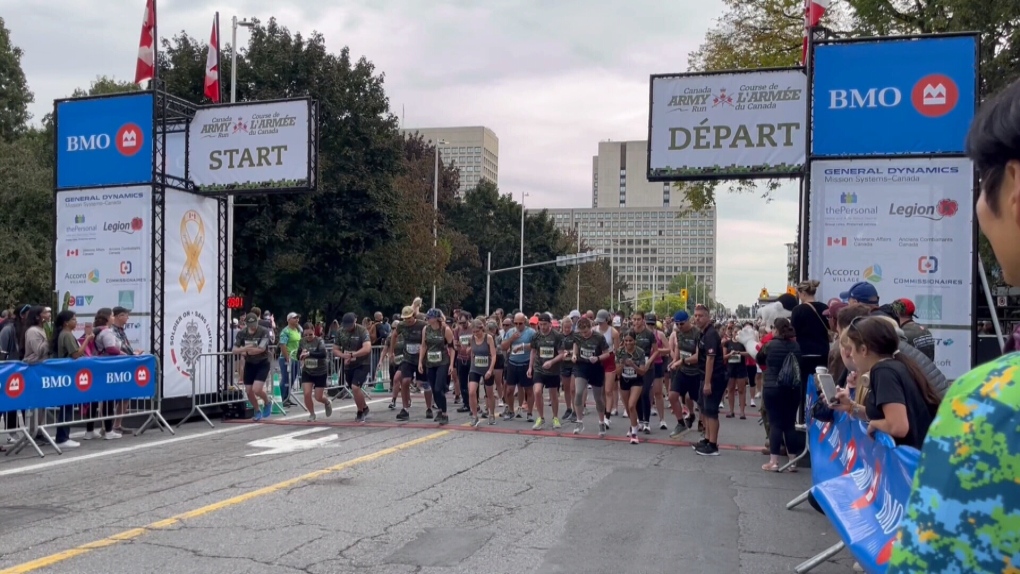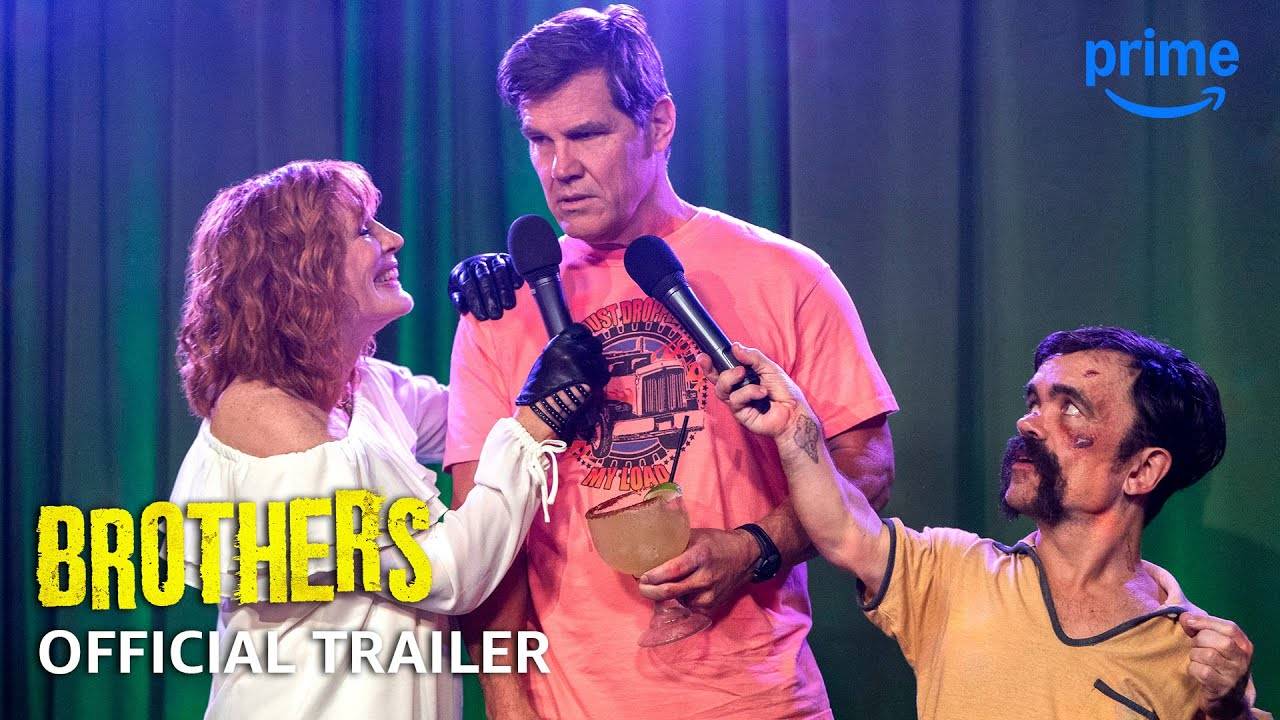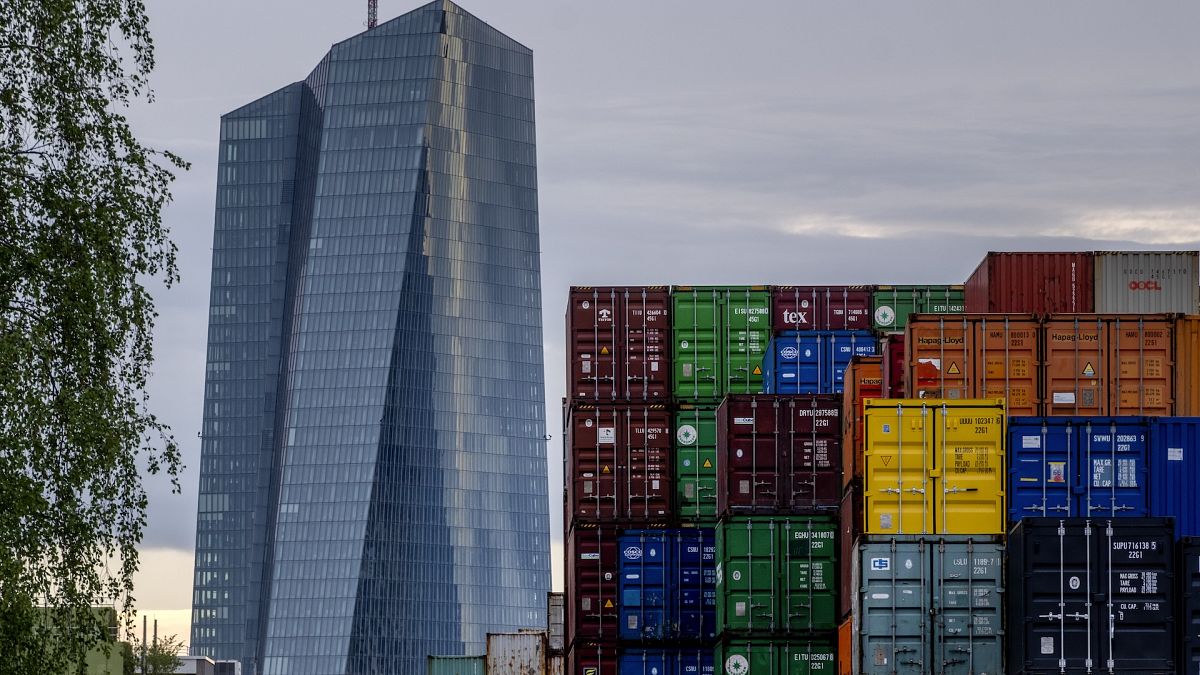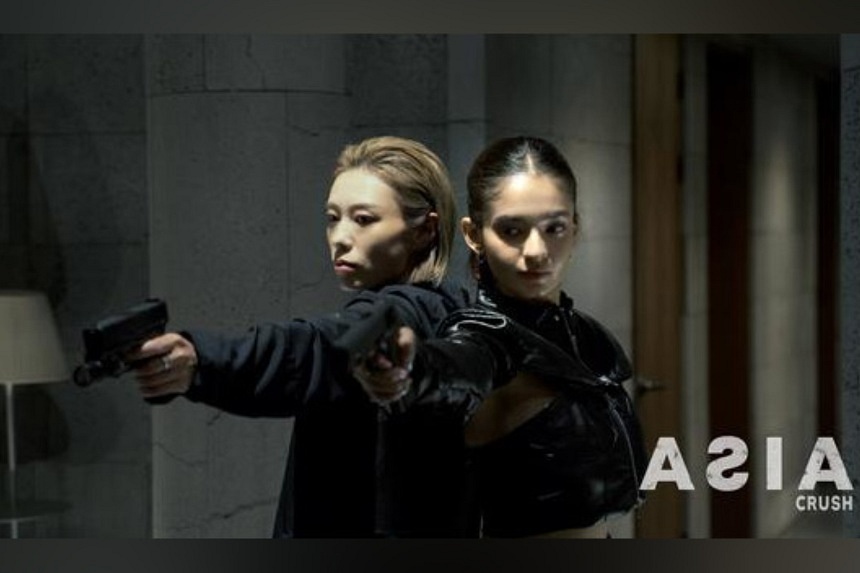With the Paris Olympics in full swing, this incredible summer of sport is not yet over. What better time to round up the best practices and insights from Wimbledon, asks Paula Albuquerque at YKONE? Ralph Lauren decorated their Bond Street flagship store for Wimbledon, providing a photo opportunity for fans / Windowswear For brands, activating at events like Wimbledon incites attention and cultural affinity in a way that very few other moments can rival. Using Campaygn, proprietary social and influencer intelligence software, my colleagues at YKONE analyzed over two million mentions to unveil which brands aced the Wimbledon opportunity with impactful marketing strategies that captured attention and drove conversations.
Ralph Lauren: setting the benchmark As Wimbledon’s official outfitter, Ralph Lauren took center stage as the best-performing brand by interactions, reaching 3.5 million, or 73.3% of the total.

The brand’s activation seamlessly brought together Ralph Lauren’s impeccable hospitality and unmatched passion for tennis, with dramatic installations over the Bond Street flagship store that offered immense photo opportunities for fans. Yet, it was largely the influencer and celebrity activations that drove conversations on socials. Naturally, the Grand Slam will always bring out the A-list, with Vogue’s annual lunch held in partnership with Ralph Lauren attracting high caliber celebrities en masse – including Jodie Turner-Smith, Leo Woodall, Tom Hiddleston and Zendaya.
All of whom created content at the event in their sophisticated sporty looks. However, Ralph Lauren particularly aced the endorsement game by taking a more diverse approach to advocates. Besides A-list celebrities, a diverse pool of influencers ensured widespread reach and audience engagement.
Macro influencers from diverse verticals, such as comedy entertainer Amelia Dimoldenberg and Pierre Gasly’s girlfriend Francisca Cerqueira, contributed to a whopping 84.3% of the total earned media value (EMV), reaching above 28% in engagement rate. Lavazza: niche experiences Lavazza’s campaign brought the experiential game, by playing with the geometries of the center court and creating tennis ball installations over their flagship London stores along with an in-store tennis-inspired afternoon tea menu.
The brand also brought the sensorial experience to the Wimbledon grounds with its pop-up cafés, which offered shareable moments to avid fans. Tapping into its Italian heritage, Lavazza featured charismatic Italian player Jannik Sinner in a campaign distributed extensively across social media and traditional out-of-home (OOH) advertising. Sinner’s endorsement was a winning move, generating an impressive EMV of $1.
07m from the campaign’s social impact. With just one star athlete and micro-influencers amplifying the message, the activation demonstrated the power of targeted partnerships. Rolex and Range Rover: luxury storytelling Paying tribute to its Wimbledon debut as the official vehicle partner, Range Rover teamed up with Harper’s Bazaar for a celebratory lunch for the ladies’ singles finals.
The event, part of Harper’s Bazaar’s multi-platform campaign with Range Rover, saw celebrity and influencer guests in attendance, including Nicola Coughlan, Maya Jama, Jordan Dunn, Ambika Mod, and Joe Alwyn. Advertisement The brand turned to selected influencers combining diverse tiers, from rapper KVDZ to fashion creator Claire Rose, to create a halo effect around the prestige Land Rover experience at Wimbledon. This landed over 653,000 interactions and a whopping $814,000 EMV, with influencers accounting for 47.
6% of that. Rolex’s strategy highlighted the importance of targeted engagement through personal storytelling. The luxury watch brand created a compelling narrative around athlete brand ambassadors that emphasized their journey to greatness and commitment to excellence, and aligned with Wimbledon's values of tradition and stewardship.
With champion Carlos Alcaraz and Holger Vitus driving over two million interactions and over $6.5m EMV, t his approach reinforced the value of athlete partnerships that, when curated strategically, can drive substantial impact. Stella and Evian: focused content Stella Artois adopted a focused approach.
From ‘The Perfect Serve’ to ‘Wimbledon Trivia,’ the eye-catching content encouraged fans to participate by sharing their own Stella Artois experience throughout the event with in-the-moment prompts. Advertisement The beer brand capitalized on user-generated content, leveraging a few selected global influencers, such as Brazilian actress Marina Ruy Barbosa. This encouraged earned content among fans and increased social media engagement and brand visibility among tennis enthusiasts worldwide.
The strategy resulted in notable visibility, reaching 11.4m and an EMV of $574,000. Evian mainly leveraged influencer collaborations to boost visibility during Wimbledon 2024.
By teaming up mainly with top-tier talent, Evian has produced captivating content that showcases its dedication to hydration and sustainability, reaching over four million users and delivering an EMV of $371,000. Influencers have shared their Wimbledon experiences, including exclusive access to Evian-sponsored events and behind-the-scenes interactions with players, creating genuine connections with their followers and highlighting Evian's brand values. Drawing on insights, Wimbledon proved that experiences are back to stay.
This underscores the immense potential for companies to capitalize on the intersection of experiential, influencer, and social at sports events to drive engagement and brand affinity. These ace strategies, implemented by leading brands, show that going large in scale is not always the only way to ace the game, providing a roadmap on how brands can continue to effectively capitalize on prestige sports events..
